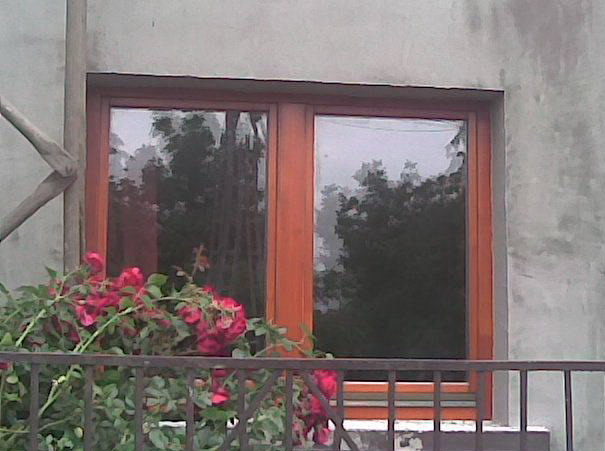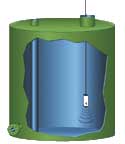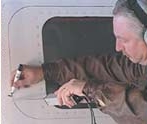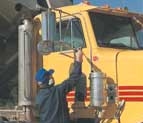Non-pressurized systems

Non-Pressurized Systems refers to any system that cannot leak and does not use compressed air/gas or draw vacuum. In some cases, it refers to those systems that operate under pressure but cannot be tested under pressure. For example, tractor cabs can be climate controlled. During the manufacturing of the cabs, quality control testers want to confirm the integrity of the window and door seals but do not want to pressurize each cab while on the assembly line.
Types of Non-Pressurized Systems and Components:- Storage Tanks - This can include any number of types of tanks including gas, liquid, or any other type of tank. In some cases, such as Hazmat, it is very important that tanks do not leak. Some States have laws governing the leak rates of storage tanks.
- Pipes - Although pipes usually have some sort of pressurized gas, it can be advantageous at times to test the pipes when the system is completely void. Appropriate testing times would be during installation or performing air surveys when production is not scheduled.
- Door and Window Gaskets - One of the highest warranty claims in the auto industry is leaking windshields.
- Bulkhead and Hatch Seals - One old method to test for the integrity of hatches was to outline the hatch with chalk and blow air from the inside.
- Windshields and Weather Stripping - Windshield replacement can be a highly profitable service, but rework can be a major drawback.
- Cleanrooms - Used for labs, and in manufacturing of semiconductors, electronics, and other products that require no contamination, it is important to keep a cleanroom sealed.
- Railroad Cars and Truck Cabs - This category includes any transportation of hazardous materials, refrigerated cars, and climate controlled passenger cars and truck cabs.



